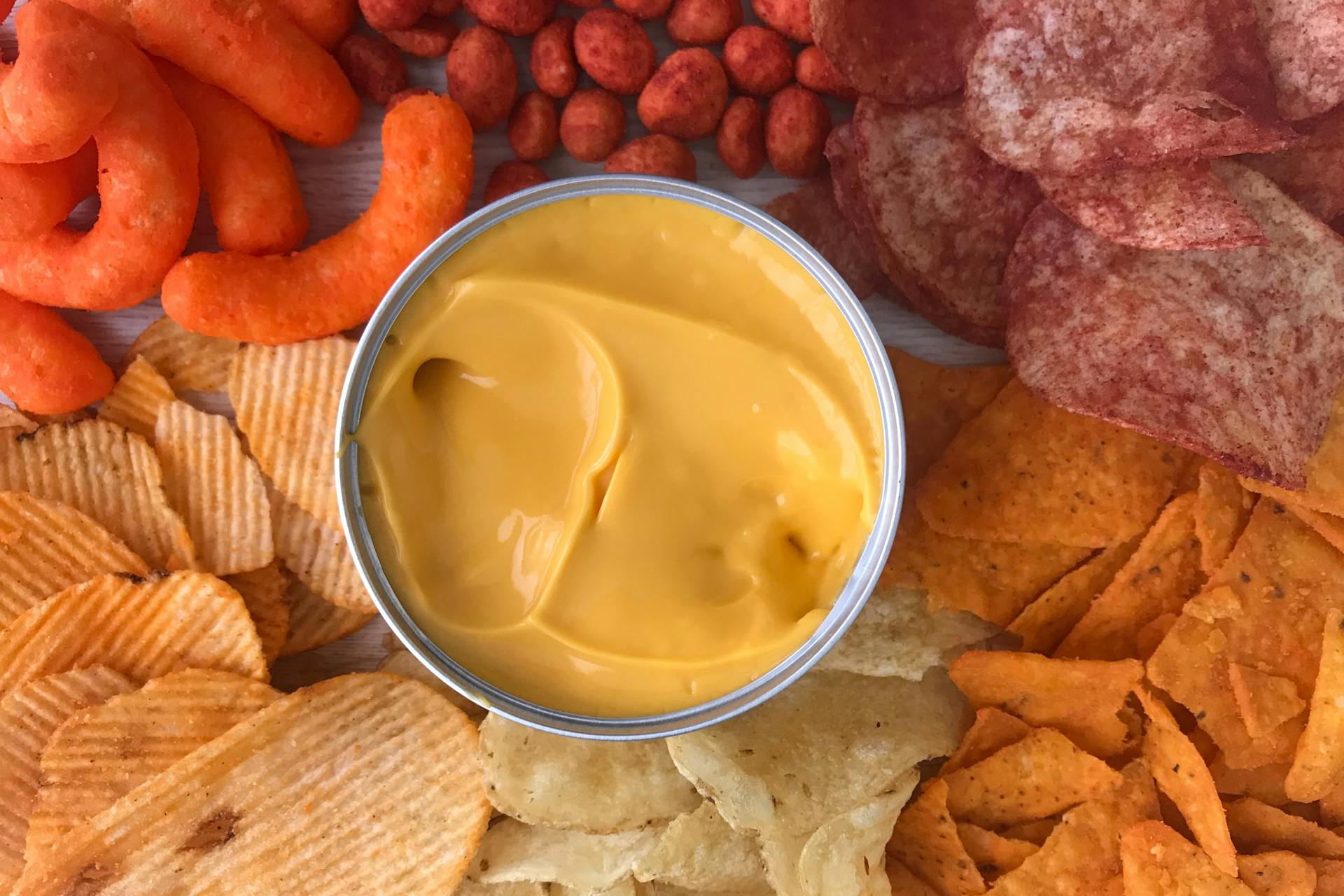Research links cognitive problems and dementia to processed foods



The story begins in the "NOVA" classification
What types of foods can be linked to cognitive problems and dementia? This is a very difficult question to answer, but new chapters of this story have one foot - two, in fact - in Brazil. In 2009, Brazilian researchers evolved the a classification of foods, something is now accepted in the health literature.
In the so-called "NOVA classification", more than just calories, foods were separated into those that undergo no, or little industrial manipulation, from those that have a formulation exclusively based on extensive industrial manipulation: these are the ultra-processed foods . 🏭 In the video below, the author of many of the studies on this classification, Carlos Monteiro, details the problem (interview in Portuguese).

What are the ultraprocessed foods? According to the "Food Guide for the Brazilian Population" (PDF document download, available in Portuguese), the list of ultra-processed foods includes: cookies, ice cream, and treats; cakes; breakfast cereals; cereal bars; soups, "instant" noodles/seasonings; snacks; soft drinks/refreshments; chocolate drinks; yogurts and sweetened milk drinks; energy drinks; flavored broths; mayonnaise/ready-made sauces; frozen ready-to-eat foods (pasta, hamburgers, nuggets, sausages); flatbreads; sweet breads (with hydrogenated vegetable fat, sugar, and chemical additives). These are some examples of these foods that we should avoid.
The understanding on the issue really seems to have changed in 2009, from the publication of this comment published by the author, entitled Nutrition and Health. The issue is not food, nor nutrients, so much as processing . As of July 2022, the text has more than 600 scientific citations. In a 2019 article , the group details how they suggest these ultra-processed foods be identified, primarily by looking at characteristics, but they write:
Generally, the practical way to identify whether a product is ultra-processed is to check whether its ingredient list contains at least one characteristic of the ultra-processed food group, i.e. food substances that are never or rarely used in kitchens, or classes of additives whose function is to make the end product palatable or more appealing ("cosmetic additives"). - Carlos Monteiro, Geoffrey Cannon , Renata Levy and collaborators, Public Health Nutrition 2019
The NOVA classification explained by its own author, the researcher at NUPENS-USP, Carlos Monteiro. I suggest following their Instagram account if you are also interested in the subject.
What's wrong with them? They are associated with diabetes, obesity, hypertension, cancer risk, and now: dementia and cognitive decline. According to a FAO document, the NOVA classification is the most used in the literature for this type of classification. The evidence over the last decade on the correlation between the two has been quite relevant. In the podcast below there is more information (speaks in English) on the topic.
It is important to mention that correlation of related factors does not imply causality, that is, not everything that is related in a statistically relevant way, as in these studies, has a "cause and effect" relationship. You can read more about correlation and causality at this link. However, even without establishing cause and effect relationships, these so-called longitudinal observational studies, and with good methodological quality, can be a source of good scientific evidence. Apart from being used and accepted, some problems with the NOVA classification need to be evaluated. When trained individuals are asked to evaluate these 'types' of food in real life, and classify them into each of the classification groups, there appear to be some flaws.
It is also worth mentioning that before these studies, there seemed to be a protective effect of another type of diet, the Mediterranean diet, as a protective factor for Alzheimer's disease and dementia in general, which is not the same story as in the processed foods one. We will try to address this type of diet information at some point, but the fact is that more recent studies, such as this Spanish study, show that there may be a 20% lower risk of conversion to dementia in people who adhere to this type of diet in about than 16,000 participants, followed over 10 years of the EPIC-Spain Dementia Cohort study.
In this BMJ podcast, in English, authors comment on the impact of ultraprocessed foods (UPF) on our health, and in particular, they comment on a 2018 French study, the NutriNet-Santé.
Food and cognitive problems
Two large studies published between July and August 2022 are on the correlations between serious cognitive problems and ultra-processed foods. One with data from the UK was published in the leading neurology journal Neurology, by Chinese researchers who analyzed the data.
In the end, more than 70,000 people, who did not have dementia were included, and the researches followed who developed the problem over the course of the prospective study. What they ate was recorded: 206 types of food and 30 types of drinks. The result showed that people who consumed 10% more ultra-processed foods were 25% more likely to develop dementia from any cause. 😵
The other study, this one from Brazil, and released at the Alzheimer's Association International Conference 2022 (AAIC), was carried out with a study sample of 8,000 people, revealed that there is a chance of cognitive decline and consumption of ultraprocessed foods. Cognitive decline was relevant for task execution function and memory in the tests performed, for the 9 years of the study, and showed that even excluding other demographic, social, and life factors, it is possible to affirm that the association could be due to this consumption.
The data can be worrying as these foods tend to have a high caloric value and eventually have a more affordable price, in addition to more incisive advertising. Talking about food access and prices is challenging in times of variations and market issues. However, as Brazil has always been a major producer of "natural" or in natura foods, prices for "better" foods may be lower, at least for some groups and places in the country according to this 2016 study. It remains to be seen whether healthy food will remain in the pocket, on the table, and in the health of all of us, here in Brazil, or anywhere else.
Written and revised by Alan Cronemberger Andrade. Initially available here. Published on 07/08/2022 at 12:40h (UTC-3 BRT), and updated on 07/08/2022. Read more at: Natalia NG et al. AAIC 2022; Li Het al. Neurology, 2022. Images credited:@enginakyurt and @luiscortestamez.
Get in touch with me
A small favor. Was anything I wrote confusing, outdated, or incorrect? Please let me know! Just write a few words and I’ll be sure to amend this post with your suggestions.
Contact
